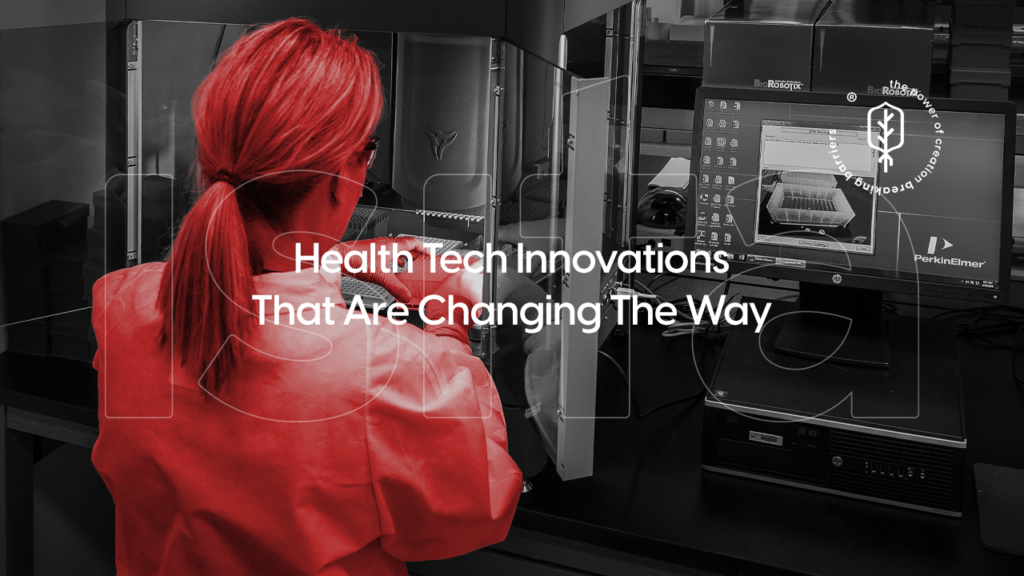In the fast-paced world of modern businesses, seamless IT assistance is no longer a luxury but a necessity. Companies of all sizes rely heavily on their IT infrastructure, and any downtime or inefficiencies can lead to significant losses in productivity and revenue.
This is where conversational AI in IT services is stepping in to revolutionize how businesses handle technical issues, streamline processes, and deliver prompt support. Conversational AI enables seamless IT assistance by providing real-time responses, automating repetitive tasks, and improving the overall user experience.
With conversational AI in IT services, businesses can provide seamless IT assistance that addresses user concerns quickly and efficiently. These AI-powered systems offer round-the-clock support, reducing the need for human intervention in handling simple technical problems. Whether it’s troubleshooting, resolving issues, or assisting with routine tasks, conversational AI allows IT departments to focus on more complex issues while ensuring seamless IT assistance across the board. In this post, we will explore how conversational AI is transforming IT services and why seamless IT assistance is key to maintaining business continuity in the digital era.
The Impact of Conversational AI on IT Services
One of the primary ways conversational AI enhances seamless IT assistance is through its ability to provide real-time, on-demand support. Gone are the days when employees had to wait hours for an IT technician to resolve their issues. Conversational AI allows users to interact with intelligent chatbots or virtual assistants that can troubleshoot common technical problems, provide step-by-step guidance, and answer frequently asked questions. This instant access to IT support ensures that minor issues are resolved quickly, preventing disruptions to workflow.
Seamless IT assistance powered by conversational AI also improves efficiency by automating routine tasks. For example, conversational AI can handle password resets, software installations, or system updates without requiring human intervention. By automating these repetitive tasks, businesses can reduce the workload on their IT teams and allow them to focus on more complex and critical tasks. This not only enhances the efficiency of IT services but also reduces response times, further contributing to seamless IT assistance.
Another significant impact of conversational AI in IT services is its ability to provide personalized support. AI-driven systems can analyze user data to understand individual preferences, previous interactions, and common issues. This personalized approach ensures that users receive tailored solutions that address their specific needs, leading to a more seamless and satisfying IT assistance experience. As a result, conversational AI creates a more user-centric support model that improves overall satisfaction and reduces frustration.
Enhancing User Experience with Seamless IT Assistance
The key to delivering seamless IT assistance lies in creating a positive user experience. Conversational AI plays a pivotal role in achieving this by providing intuitive, easy-to-use interfaces that allow users to interact with IT support in a conversational manner. Users no longer have to navigate through complex menus or submit lengthy support tickets. Instead, they can communicate with an AI assistant in natural language, making the process more user-friendly and less time-consuming.
Seamless IT assistance also means that users can receive support at any time, from anywhere. Conversational AI provides 24/7 support, ensuring that employees working in different time zones or outside of regular business hours can access the IT help they need. This level of availability is especially important for businesses with remote or global workforces, as it ensures that technical issues can be resolved promptly, regardless of location or time of day.
Moreover, conversational AI enhances the consistency of IT support. Unlike human agents who may vary in their approach or knowledge, AI-driven systems provide consistent responses based on programmed knowledge and data. This consistency ensures that users receive accurate information every time they interact with the system, contributing to a more seamless and reliable IT assistance experience.
Reducing IT Workloads with Conversational AI
Another critical advantage of implementing conversational AI in IT services is the reduction in workload for IT teams. Seamless IT assistance is made possible by offloading routine and repetitive tasks to AI-powered systems, allowing IT professionals to focus on more strategic and complex issues. Tasks such as resetting passwords, answering common queries, or managing software updates can be handled autonomously by conversational AI, freeing up valuable time for IT staff.
This shift in workload not only improves the efficiency of the IT department but also enhances overall employee satisfaction. IT teams can now concentrate on high-value tasks such as network security, system optimization, and project management, while conversational AI ensures that everyday issues are resolved swiftly and without requiring manual intervention. The ability to automate these tasks through conversational AI is essential for businesses looking to scale their IT services while maintaining seamless IT assistance.
In addition to reducing workloads, conversational AI in IT services can also help IT teams gather valuable data on common issues, user behavior, and system performance. By analyzing this data, businesses can identify trends, anticipate future problems, and make informed decisions about improving their IT infrastructure. This proactive approach not only enhances seamless IT assistance but also contributes to a more resilient and agile IT environment.
Seamless IT Assistance Through Integration and Automation
For conversational AI to deliver truly seamless IT assistance, it must integrate with existing IT systems and processes. AI-powered solutions are designed to work alongside other IT management tools, such as service desks, monitoring systems, and help desk platforms, to provide a unified and cohesive support experience. This integration allows conversational AI to pull data from multiple sources, ensuring that users receive accurate and up-to-date information when they need it.
Automation is another critical component of seamless IT assistance. Conversational AI can automate various IT service processes, from incident reporting to ticket resolution and even escalation procedures. By automating these workflows, businesses can reduce manual errors, improve response times, and ensure that IT services are delivered efficiently. This level of automation is crucial for maintaining seamless IT assistance, as it ensures that tasks are completed consistently and in a timely manner.
Moreover, conversational AI systems can continuously learn and improve over time. Through machine learning and data analysis, these systems can identify patterns and adjust their responses based on user feedback and evolving IT requirements. This continuous improvement ensures that conversational AI remains a valuable tool for delivering seamless IT assistance, adapting to the changing needs of the business and its users.
The Future of Conversational AI in IT Services
The role of conversational AI in IT services is expected to grow as businesses continue to invest in digital transformation and automation. Future advancements in AI technology will likely lead to even more sophisticated solutions that offer deeper integration, better personalization, and enhanced capabilities for seamless IT assistance.
For example, as AI systems become more advanced, they will be able to handle more complex tasks, such as predictive maintenance or advanced troubleshooting. This will enable businesses to prevent IT issues before they occur, further enhancing the seamless nature of IT assistance. Additionally, as conversational AI becomes more integrated with emerging technologies such as the Internet of Things (IoT) and blockchain, it will provide businesses with even more powerful tools to manage their IT infrastructure.
The future of conversational AI in IT services also includes more seamless collaboration between AI-powered systems and human IT professionals. Rather than replacing human workers, conversational AI will serve as a valuable tool that complements their skills, allowing IT teams to work more efficiently and focus on higher-level problem-solving. This collaborative approach will ensure that businesses can continue to provide seamless IT assistance while leveraging the full potential of AI technology.
Conclusion
Seamless IT assistance is essential for businesses that want to maintain productivity, minimize downtime, and provide a positive user experience. Conversational AI in IT services is transforming how companies deliver support by automating routine tasks, providing real-time assistance, and improving the overall user experience. By integrating conversational AI into their IT services, businesses can offer seamless IT assistance that meets the demands of today’s fast-paced digital environment.
As conversational AI continues to evolve, businesses that embrace this technology will be better positioned to provide efficient, reliable, and personalized IT support. For those looking to enhance their IT services and improve the overall employee experience, conversational AI is a critical tool that will drive future success.
To learn more about how AI can enhance your business operations, be sure to read this post: Generative AI in Business Operations.



